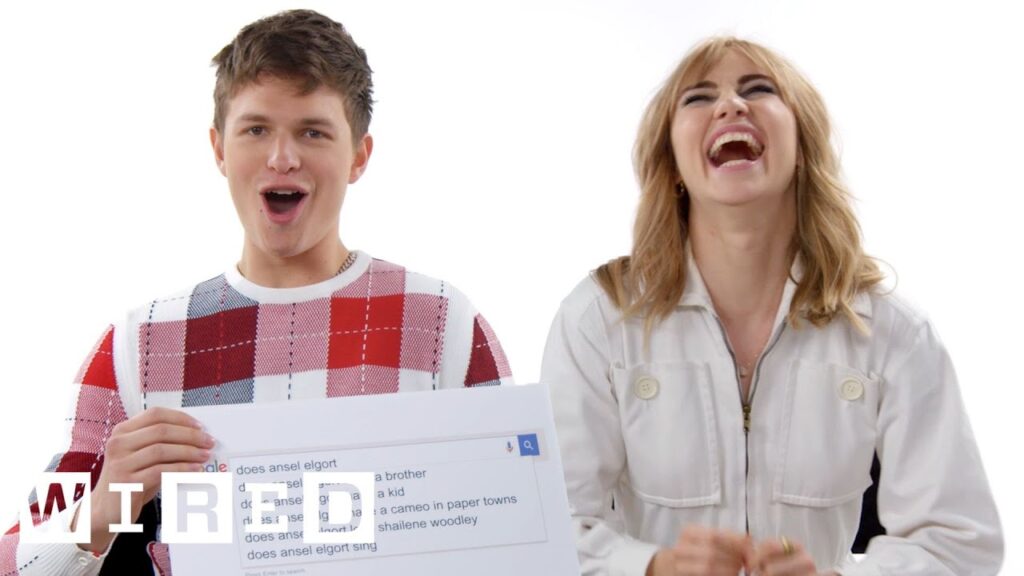The Truth About Courtroom Procedures: An Insider’s Perspective
Summary
This article discusses the inner workings of a courtroom, debunking common misconceptions found in movies and TV shows. Beginning with proper courtroom etiquette, it delves into the procedures that occur in a courtroom, such as readback and bail determinations. It concludes with a reminder that although it may be entertaining, the dramatizations often portrayed in the media don’t accurately reflect real-life courtroom proceedings.
Table of Contents
- Proper Courtroom Etiquette
- Common Procedures in a Courtroom
- Legal Concepts and their Real-Life Application
- The Inaccuracy of Fictional Courtroom Scenes
- Conclusion
Introduction
Many of us have watched courtroom dramas and movies that feature dramatic testimony, heated cross-examinations, and closing statements that seem to win over the entire jury, but how often do these go beyond dramatizations and theatrics, and present realistic courtroom procedures? It’s no secret that these scenes are meant to heighten the viewers’ experience and create suspense, but what happens in real-world courtrooms? In this article, we will peel back the layers and reveal the actual procedures that take place in court.
Proper Courtroom Etiquette
Q: How should lawyers conduct themselves in the courtroom?
A: Lawyers should avoid using bad language, making personal attacks, or antagonizing witnesses. Judges can reprimand offending lawyers or even witnesses when the need arises.
Q: Can lawyers and jurors interact outside of the courtroom?
A: No, lawyers and jurors shouldn’t interact outside of the courtroom. They shouldn’t even initiate any communication on social media.
Q: What is not allowed during court hearings?
A: Applause is not allowed in court because it can influence the jury’s decision. Phones are not allowed inside the courtroom, and the use of cameras isn’t always permissible.
Q: Can people wear whatever they want to a court hearing?
A: While courtroom attire isn’t as formal as it used to be, it is important to dress appropriately. Inappropriate dressing can result in a warning from the judge.
Common Procedures in a Courtroom
Q: Can defendants represent themselves in court?
A: Yes, defendants can choose to represent themselves in court, but they often give up the right to an unbiased ruling.
Q: What determines the amount of bail given to a defendant?
A: Judges will consider the gravity of the charges, the defendant’s criminal history, community ties, and access to wealth to decide on the amount of bail.
Q: What are plea negotiations?
A: Plea negotiations are a means of resolving a case without going to trial, which includes plea bargains that help the accused avoid the maximum penalty by pleading guilty to a lesser charge. The defendant would exchange a guilty plea for a chance at a lesser sentence.
Q: What is a night court arraignment?
A: Night court arraignments are real and happen in many cities, allowing for arraignments to happen after-hours without delaying the proceedings further.
Q: Can animals be indicted?
A: Although it’s not commonplace, animals such as dogs, horses, and even bees have been linked to violent crimes, and they can be considered dangerous instruments in assault charges.
Q: What is readback in a court proceeding?
A: Readback is a procedure where a lawyer can ask a stenographer to read back previous responses in case they get lost.
Legal Concepts and their Real-Life Application
Q: What are Miranda rights?
A: Miranda rights are a series of warnings given to people in custody before being interrogated by law enforcement. They are designed to give the individual a clear understanding of their rights to remain silent, obtain an attorney’s help, and the potential consequences if they cooperate with the police instead.
Q: What is the suppression of evidence?
A: The suppression of evidence is a legal concept in which evidence obtained in violation of a defendant’s Fourth Amendment rights is excluded from trial.
Q: What are summations or closing statements?
A: Summations or closing statements provide the opportunity for each side to recap their evidence, refute their opponent’s claims, and persuasively argue the case.
The Inaccuracy of Fictional Courtroom Scenes
While it’s natural to be entertained by fictional courtroom scenes, they don’t always accurately reflect real-life court proceedings. It’s important to distinguish between entertainment and reality, and thus, it’s important to educate viewers who may be misled by fictional courtroom scenes.
Conclusion
The above questions scratch the surface of the numerous procedures that occur in a courtroom. However, it’s important to strive for justice and professionalism in every hearing, no matter how mundane the case may seem. While the dramatizations found in movies and TV shows may be entertaining, the real-life procedures and legal concepts cannot be understated. As we continue to consume fictionalized courtroom portrayals, let us never forget the truth about how real-world courtrooms operate.






